In the fascinating world of reptilian behavior, few phenomena capture human imagination quite like witnessing a snake defying gravity by scaling a seemingly impossible vertical surface. From glass enclosures to smooth walls and trees, snakes occasionally demonstrate remarkable climbing abilities that appear to contradict our understanding of physics. This surprising capability has puzzled observers for generations and inspired scientific investigation into the specialized adaptations that make such feats possible. Whether you’ve encountered videos of these climbs online or witnessed it firsthand with a pet snake, understanding the mechanics, purpose, and variations of this behavior offers valuable insights into snake evolution and survival strategies.
The Physics-Defying Mystery of Vertical Climbing

When we see snakes climbing vertical surfaces with apparent ease, it seems to defy our basic understanding of friction and gravity. Unlike mammals with claws or amphibians with sticky toe pads, snakes lack obvious appendages for gripping. Their smooth, scale-covered bodies don’t immediately suggest exceptional climbing ability, especially on polished or slick surfaces. This contradiction between expectation and reality has made vertical climbing one of the most misunderstood aspects of snake behavior. The ability varies dramatically across snake species, with some demonstrating remarkable climbing prowess while others remain firmly terrestrial throughout their lives.
Specialized Scale Structures

The secret to a snake’s vertical climbing ability largely lies in its scales, which are far more sophisticated than they appear to the naked eye. Many climbing snake species possess microornamentation on their ventral (belly) scales that creates significantly more friction than would be possible with perfectly smooth surfaces. Under microscopic examination, these scales reveal tiny ridges, hooks, and textured patterns that function similarly to the treads on a tire, providing traction even on challenging surfaces. In some advanced climbing species, the edges of ventral scales can be slightly raised or angled, creating minute “edges” that can catch on nearly imperceptible surface irregularities that human fingers would find impossible to detect.
The Role of Muscular Control

A snake’s extraordinary muscular control plays a crucial role in their vertical climbing abilities. Unlike humans who rely primarily on limbs for climbing, snakes utilize their entire body as a climbing apparatus through precise muscular contractions. They create waves of muscle tension that travel along their bodies, pressing certain sections of scales against the surface while slightly lifting others. This rhythmic sequence of movements allows them to distribute their weight efficiently while maintaining sufficient contact for upward progression. The muscular coordination required for this feat represents one of the most sophisticated movement systems in the animal kingdom, involving hundreds of muscle groups working in precise harmony.
Surface Tension and Microscopic Interactions
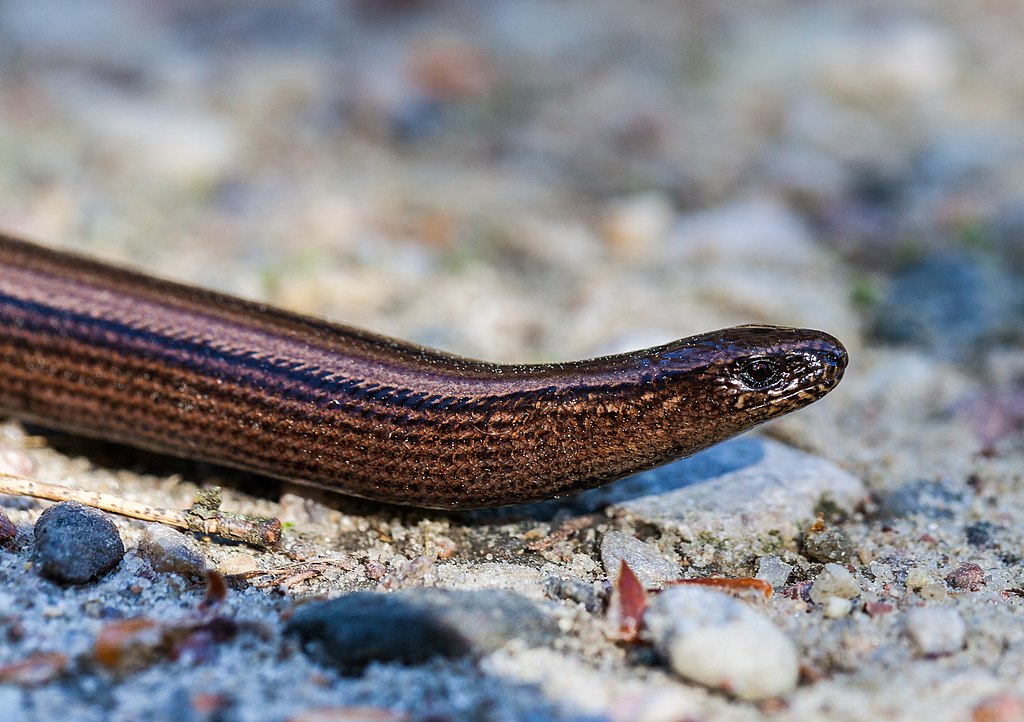
When climbing extremely smooth surfaces like glass, some snakes utilize principles similar to those that allow geckos to walk on ceilings. While not as specialized as gecko feet, certain snake species can create enough surface tension through close contact between their ventral scales and the climbing surface to temporarily adhere. This interaction occurs at the molecular level, where van der Waals forces—weak electrical attractions between molecules—provide just enough adhesion to support the snake’s weight momentarily. The snake must continuously create and break these connections as it moves, requiring precise control over how each section of its body contacts the surface. Even microscopic amounts of moisture or oil can significantly affect these delicate interactions, explaining why climbing ability can vary under different environmental conditions.
Tree-Dwelling Specialists
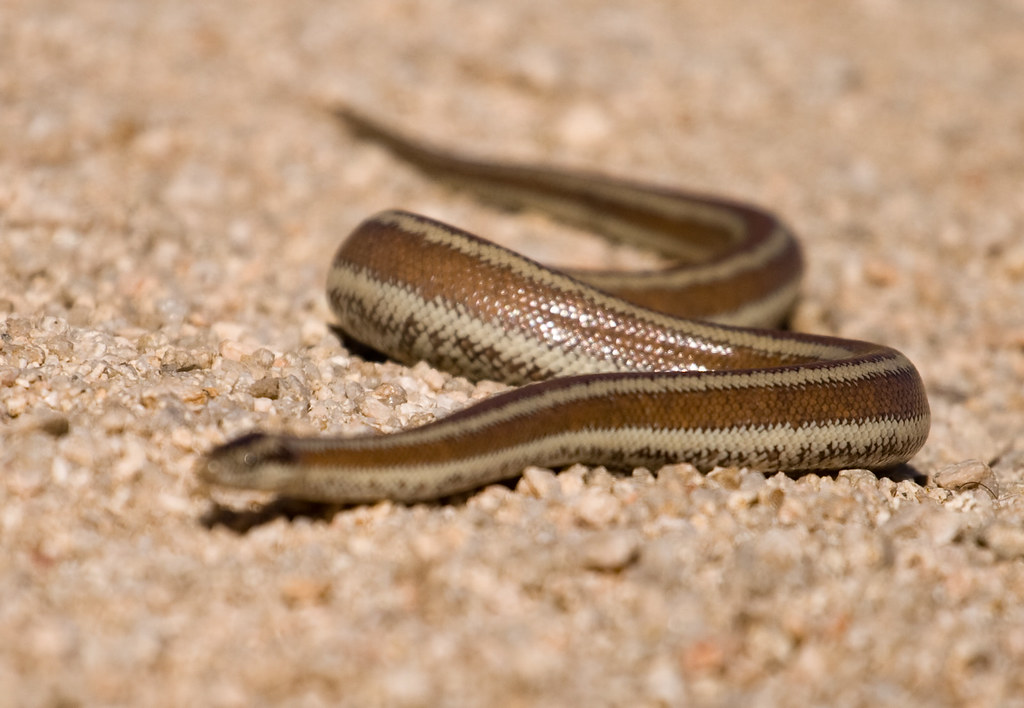
Arboreal snake species represent the pinnacle of climbing adaptation, with bodies specifically evolved for life among branches and trunks. Species like the green tree python (Morelia viridis) and emerald tree boa (Corallus caninus) possess relatively compressed bodies that maximize surface contact with tree branches. Their ventral scales often feature specialized microscopic structures that enhance grip on bark and other natural surfaces. The behavioral adaptations of these species are equally impressive, as they’ve developed specific movement patterns that maximize efficiency when climbing vertical surfaces. Their climbing techniques often involve creating loops or coils around branches to provide anchor points, though many can still ascend straight vertical surfaces when necessary for hunting or escape.
Escape-Driven Vertical Climbs
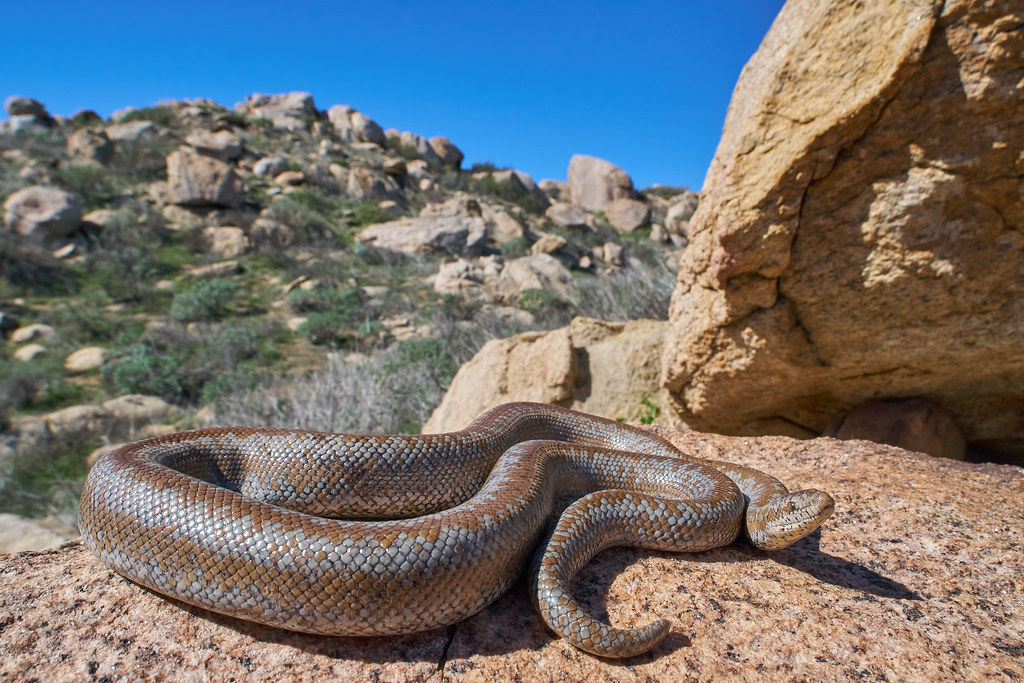
Many instances of snakes climbing smooth vertical surfaces occur during escape attempts, particularly in captive situations. When a snake feels threatened and identifies a potential escape route upward, it may attempt climbing even if the surface isn’t ideal for its physical adaptations. This behavior explains why pet snakes sometimes attempt to scale glass terrarium walls despite having limited adaptations for such surfaces. The adrenaline response during these escape attempts can lead to impressive feats of strength and balance that the snake might not normally demonstrate. Captive snake owners frequently observe that such climbing attempts increase during periods of stress, hunger, or when the snake is seeking a mate during breeding season.
The Hunting Advantage
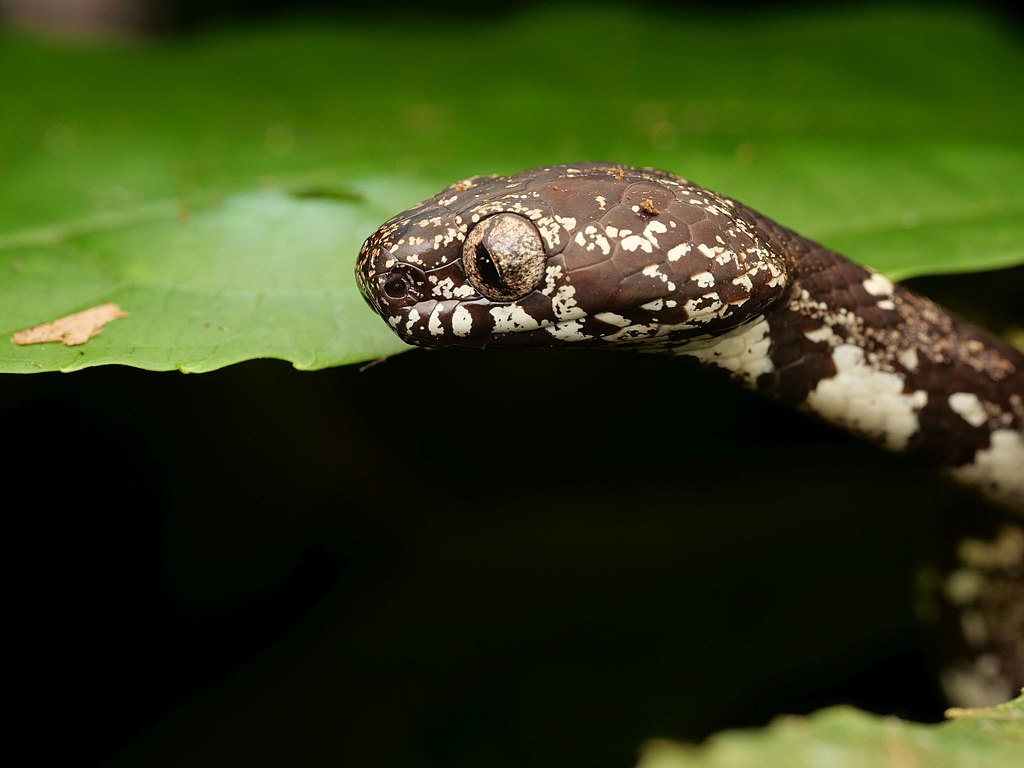
Vertical climbing abilities provide snakes with significant hunting advantages by expanding their potential prey range. By accessing heights that ground-dwelling predators cannot reach, climbing snakes can target bird nests, tree-dwelling rodents, and various arboreal species that would otherwise remain safe. This vertical mobility also allows snakes to ambush prey from above, striking downward with the advantage of surprise and gravity. In environments where competition for food resources is intense, the ability to hunt in three dimensions rather than being restricted to ground level represents a significant evolutionary advantage. Some snake species have developed such specialized hunting strategies that they rarely descend to ground level except during specific seasonal migrations.
Temperature Regulation Through Climbing

As ectothermic animals, snakes rely on environmental heat sources to regulate their body temperature, and vertical climbing plays a surprising role in this critical process. By ascending to different heights, snakes can access varied temperature zones within their habitat, moving higher to warm themselves in sun-exposed areas or descending to cooler regions when overheated. This temperature-seeking behavior explains why some snakes may attempt to climb enclosure walls toward heat lamps or sunny windows. In natural environments, the ability to rapidly adjust elevation provides snakes with precise temperature control that ground-dwelling species cannot achieve, potentially extending their active periods during cooler seasons.
Species Variations in Climbing Ability
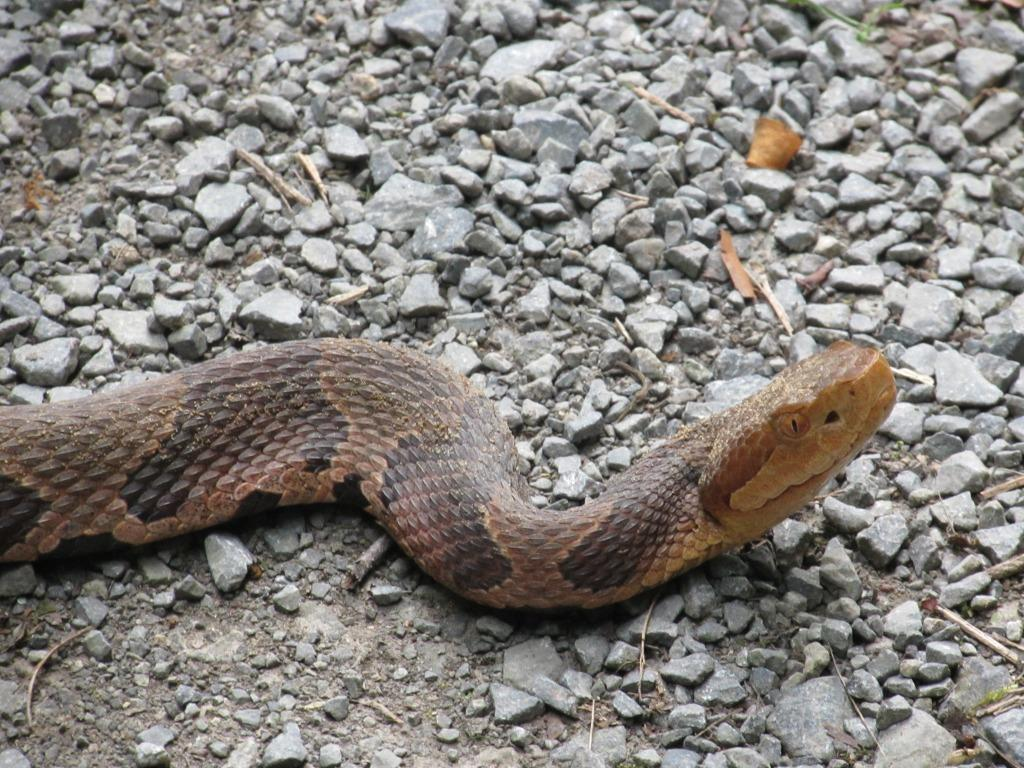
The capacity for vertical climbing varies dramatically across the approximately 3,900 snake species worldwide, creating a spectrum of climbing specialists to strictly terrestrial species. Arboreal specialists like vine snakes (Ahaetulla species) and many rat snakes (Pantherophis species) possess highly developed adaptations for climbing, including specialized scale structures and body proportions optimized for vertical movement. Semi-arboreal species like many colubrids demonstrate moderate climbing abilities, ascending when beneficial but primarily operating on ground level. Strictly terrestrial species such as many vipers and heavy-bodied constrictors typically show limited vertical mobility, though even these species occasionally surprise observers with unexpected climbing attempts. These variations reflect the diverse ecological niches snakes have evolved to occupy across different habitats worldwide.
The Challenge of Glass and Other Human-Made Surfaces

The smoothest surfaces snakes encounter are typically human-made, presenting unique challenges to their climbing adaptations. Glass, polished metal, and certain plastics offer virtually no microscopic texture for scales to grip, yet determined snakes sometimes succeed in climbing these surfaces anyway. They accomplish this remarkable feat by maximizing body contact with the surface, creating slight suction effects, and utilizing any imperceptible imperfections in the material. Pet snake owners often observe their animals “testing” different sections of glass enclosures, searching for areas where microscopic scratches or moisture might provide better traction. When successful climbs occur on such challenging surfaces, they typically involve specific environmental conditions like appropriate temperature and humidity that optimize the snake’s muscular performance and scale flexibility.
Preventing Unwanted Climbing in Captivity
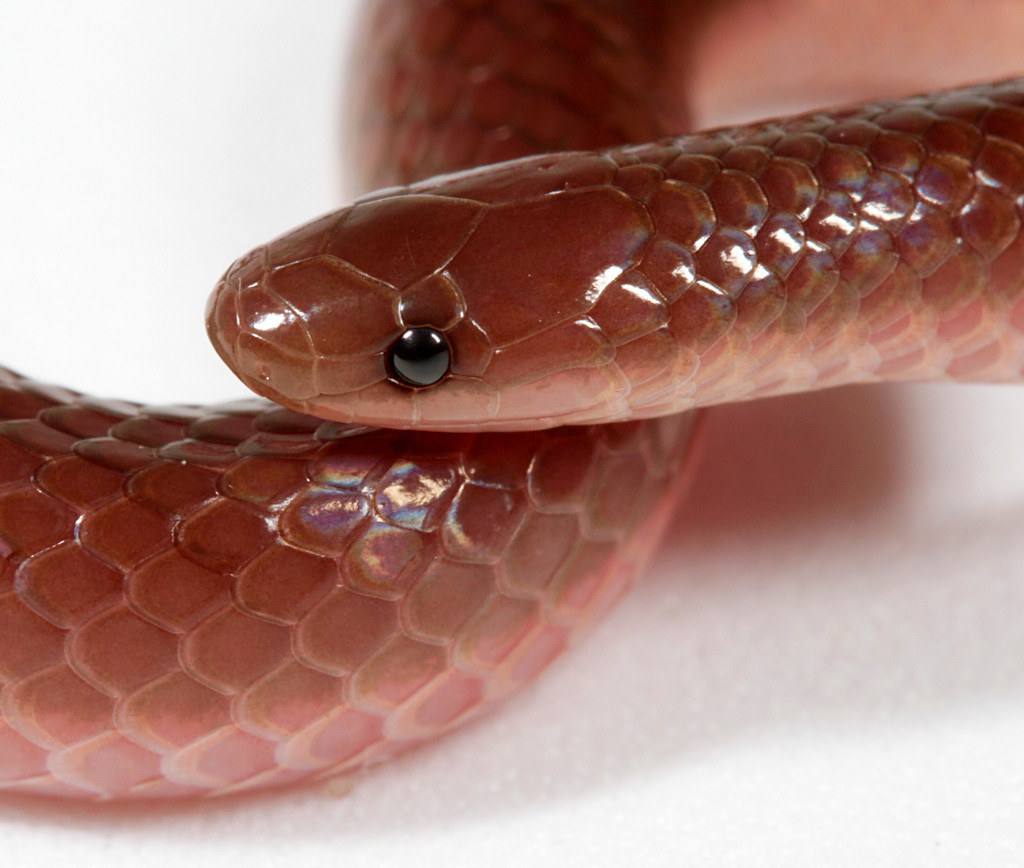
For snake owners concerned about escape attempts, understanding climbing behavior is essential for creating secure enclosures. Regular examination of enclosure seams, corners, and lid attachments helps identify potential weaknesses that a determined snake might exploit. Many experienced keepers recommend enclosures with smooth overhangs or inward-angled tops that create climbing barriers even for skilled climbing species. Environmental enrichment that satisfies natural climbing urges can also reduce escape attempts, as snakes with appropriate climbing structures often show less interest in testing enclosure boundaries. Properly addressing the snake’s thermoregulation needs further reduces motivation for unwanted climbing, as many escape attempts are driven by temperature-seeking behavior rather than a desire to leave the enclosure.
Implications for Conservation and Management

Understanding snake climbing abilities has significant implications for conservation efforts and invasive species management. When designing protective barriers for endangered prey species or vulnerable ecosystems, conservationists must account for the vertical mobility of potential snake predators. In regions where invasive snakes threaten local wildlife, like the Burmese pythons in Florida’s Everglades, management strategies must consider climbing abilities when designing traps or exclusion systems. The climbing capabilities of snakes also influence urban wildlife management, as species that readily scale buildings can establish populations in human-dominated landscapes more successfully than strictly ground-dwelling reptiles. This adaptability presents both challenges for management and opportunities for snakes to persist in increasingly urbanized environments.
The Evolutionary Story Behind Vertical Climbing
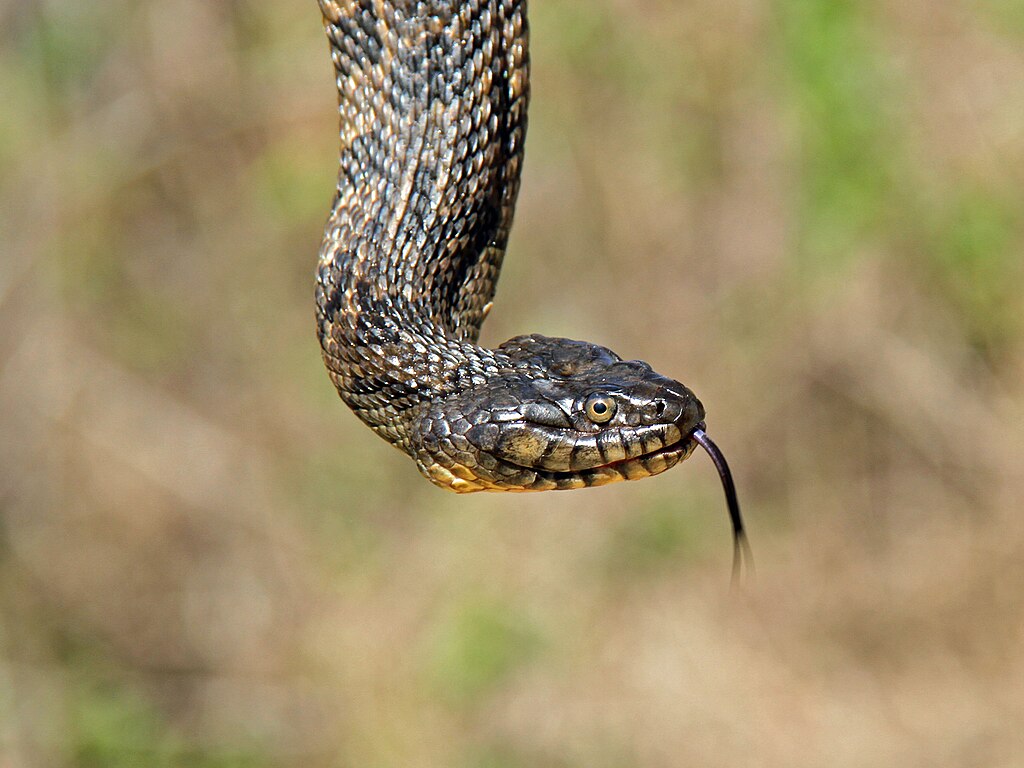
The ability of snakes to climb vertical surfaces represents a fascinating chapter in reptilian evolution that dates back millions of years. As ancestors of modern snakes lost their limbs through evolutionary processes, they developed compensatory adaptations that allowed them to maintain mobility across varied terrain. Vertical climbing abilities likely evolved multiple times across different snake lineages as they adapted to specific ecological niches, demonstrating convergent evolution toward similar solutions. Fossil evidence suggests that some prehistoric snake species may have been even more specialized for climbing than their modern counterparts, indicating that vertical mobility has long been a valuable survival strategy. This evolutionary history continues to unfold today, as snakes face new challenges from habitat modification and climate change that may further shape their climbing adaptations.
Conclusion
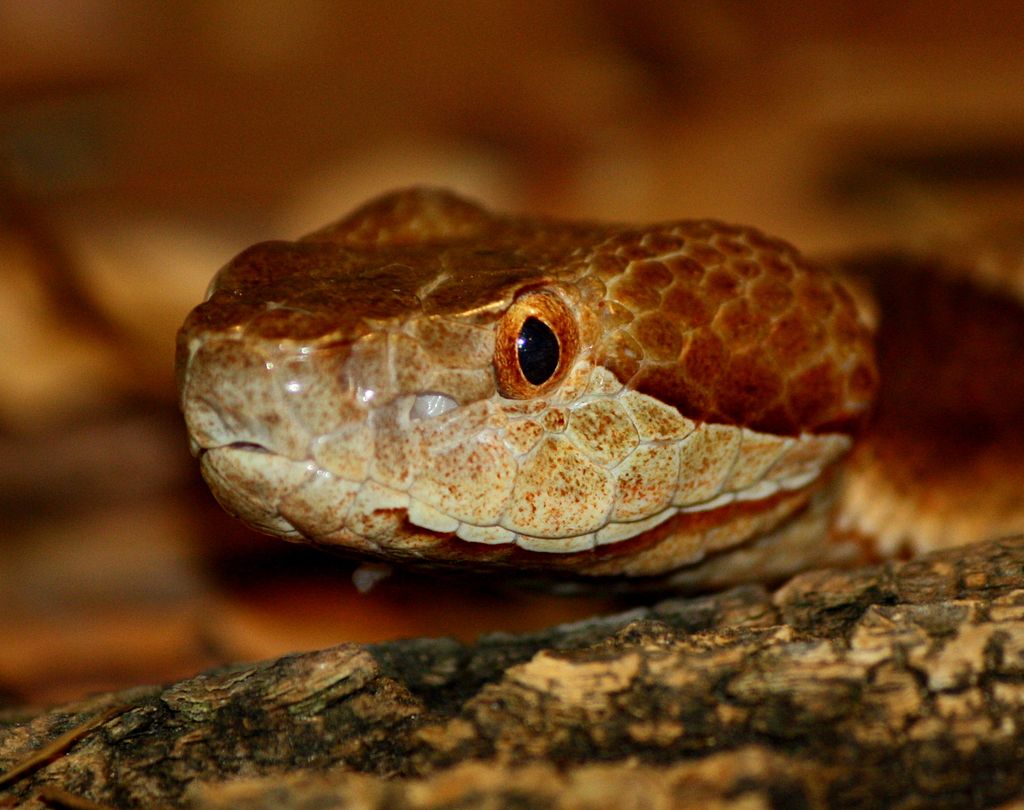
The ability of snakes to climb straight up smooth surfaces represents one of nature’s most elegant solutions to the challenge of limbless mobility. Through specialized scale structures, remarkable muscular control, and behavioral adaptations, these reptiles accomplish feats that seem to defy physical limitations. This climbing capability serves multiple purposes—from hunting and escape to thermoregulation and habitat expansion—highlighting how evolution has refined snake physiology to maximize survival opportunities. Whether observed in wild arboreal specialists or in captive snakes attempting terrarium escapes, vertical climbing behavior offers a window into the sophisticated adaptations that have allowed snakes to thrive across diverse environments for millions of years. As our understanding of these mechanisms improves, we gain not only scientific insights but also practical knowledge for conservation, management, and responsible captive care of these remarkable reptiles.





